Guides


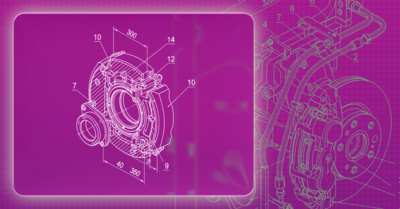





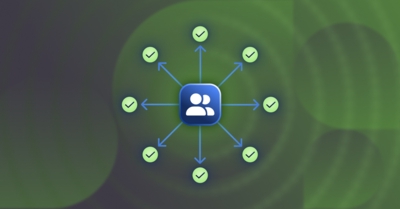
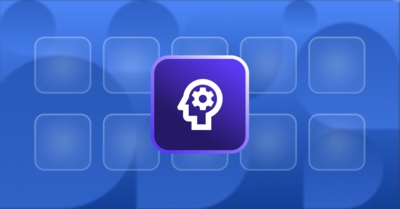


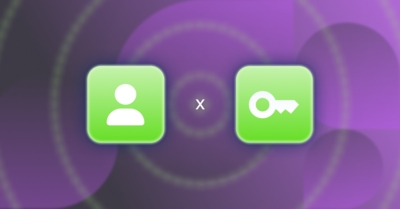


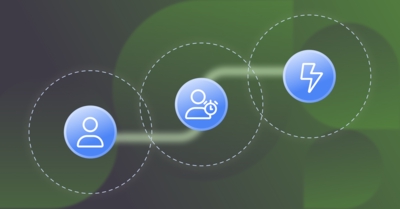
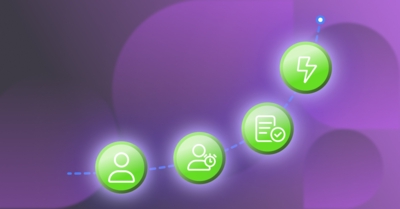



Identity Lifecycle Management for Non-Human Identities
Non-human identities (NHIs) are the digital credentials and permissions assigned to automated actors like machines, software, and background processes. Effective NHI management is crucial for cybersecurity. By maintaining strict control over these identities, organizations can prevent unauthorized access, data breaches, and other malicious activities.
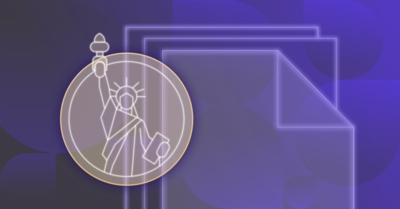
How to Comply with the NYDFS Cybersecurity Regulation’s Identity Security Mandates
In 2023, the New York Department of Financial Services (NYDFS) finalized an amendment to its cybersecurity regulation, 23 NYCRR Part 500, which mandates that NYDFS-regulated financial institutions safeguard sensitive data and systems. Learn Part 500's key identity-related requirements and how to comply with them.
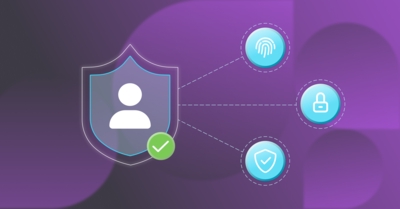
User Access Management: How It Works and Key Components
User access management (UAM) involves the provisioning, modifying, and deprovisioning of permissions to ensure authorized users have the appropriate access to resources for the appropriate period. Learn the key components and benefits of UAM and how to implement and automate UAM processes.
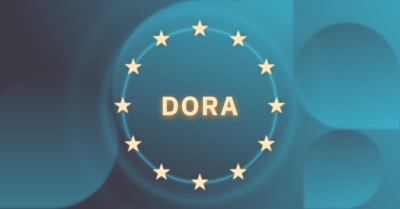
DORA Compliance: Identity Security Best Practices
In response to the growing risk of data breaches, the EU introduced the Digital Operational Resilience Act (DORA), a framework designed to strengthen the cyber resilience of the financial sector by establishing a set of standards for managing risks. Learn DORA's key identity-related requirements and how to comply with them.
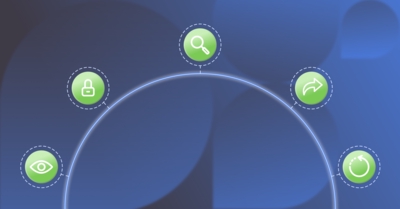
Understanding NIST CSF 2.0 and Its Impact on Identity and Access Management (IAM)
The NIST Cybersecurity Framework (CSF) 2.0 is a powerful guide for managing cybersecurity risks and the base of many cybersecurity regulations. Learn how to apply the framework's principles in your identity and access management (IAM) program to strengthen access security and reduce potential risks.
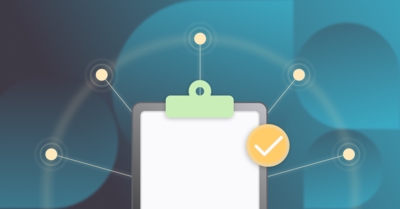
Understanding IT Compliance Audits: What to Expect, How to Prepare, and Best Practices
An IT compliance audit is a systematic and independent evaluation of an organization's IT infrastructure, policies, and procedures to ensure they align with relevant regulations, industry standards, and internal policies. Learn the benefits of performing regular audits, the regulatory frameworks that require them, and best practices for conducting successful audits.

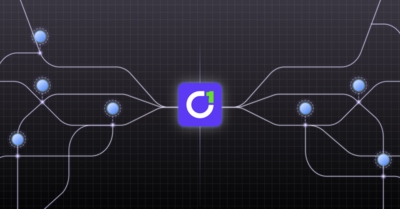
Securing Identity for Any Application: A Deep Dive into ConductorOne Integrations
Digital transformation and cloud applications are rapidly reshaping the tech landscape. However, many businesses still operate in hybrid environments. This guide dives into the different kinds of tech environments seen across companies and ConductorOne’s integration support for any type of architecture.
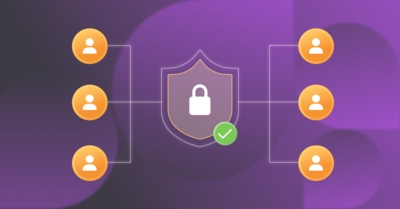
A Practical Approach to Achieving Zero Standing Privileges (ZSP)
ZSP is a core tenant of a zero trust approach to cybersecurity, and implementing it has knock-on benefits beyond improved security. This guide explains why ZSP is an effective solution for protecting hybrid and cloud-first environments and provides a tactical approach for achieving ZSP.
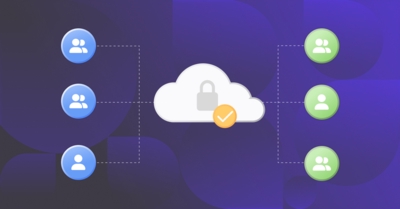
Key Differences Between JIT Access and Traditional PAM
Just-in-time (JIT) access and privileged access management (PAM) are methods of controlling and monitoring privileged access. Learn more about the important differences between the two and why JIT access may be the management method you need to stay secure.
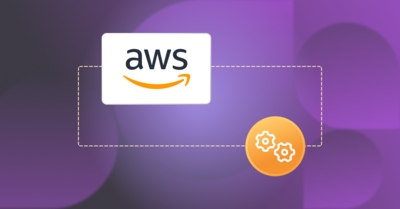
A Guide to Installing and Harnessing the Benefits of AWS IAM Access Analyzer
AWS IAM Access Analyzer is a service that helps users proactively identify potential security risks related to AWS identity and access management (IAM) configurations and reduce the complexity of managing and auditing permissions across their AWS resources. In this guide, you'll learn how to install and harness the benefits of using AWS IAM Access Analyzer.

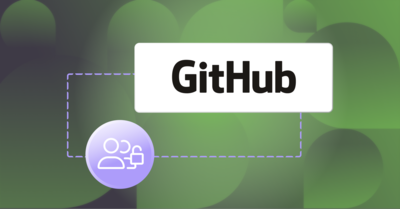
Everything You Wanted to Know about GitHub Access Control
GitHub, the largest and most popular software development platform, providing services from Git version control to bug tracking, CI/CD, and task management which makes it an extensive system to manage access controls. This article explores everything you need to know about GitHub access control to properly manage your accounts and repositories on all levels.
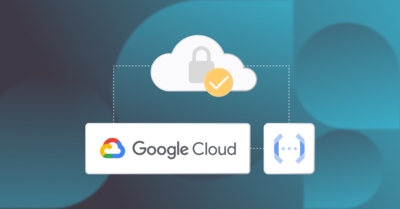
Implementing Cloud IAM for Cloud Functions With a Least Privilege Approach
A lack of secure practices when building and deploying cloud functions can result in unauthorized access and data leaks. In this guide, you'll learn how to implement Cloud Identity and Access Management (IAM) for Google Cloud's Cloud Functions with a least privilege approach.
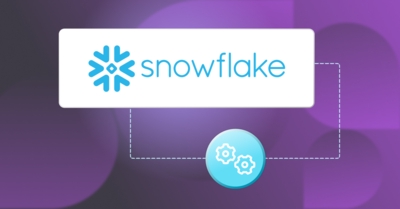
Best Practices for Configuring Snowflake Access Control
Cloud administration carries the weighty responsibility of safeguarding a company's cloud infrastructure. In collaborative environments like Snowflake, you need to find the right balance between accessibility and security. In this guide, learn how you can use Snowflake's security framework to effectively minimize your attack surface and mitigate data loss risks.
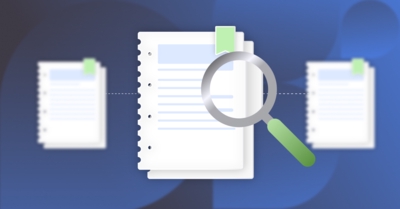
Why Completeness and Accuracy Are Important
Many businesses rely on data-driven workflows, reports, audits, and third-party integrations in their daily operations. The effectiveness of these processes hinges on the quality of the underlying data, which must be complete and accurate. Learn why completeness and accuracy are important in the context of cybersecurity.
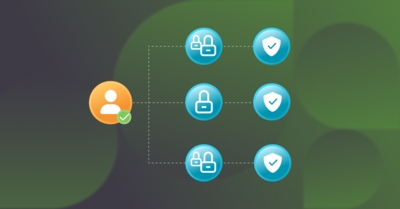
Decoding Access Control: Navigating RBAC, ABAC, and PBAC for Optimal Security Strategies
Learn how to decode and navigate access control models such as RBAC, ABAC, and PBAC, how they can help you implement optimal security strategies, the benefits of each model, and how to determine which one is best for your organization.
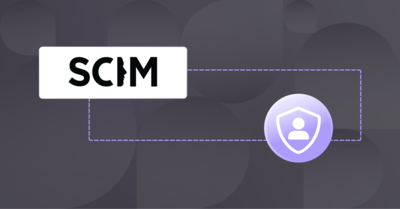
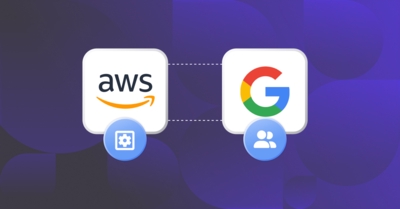

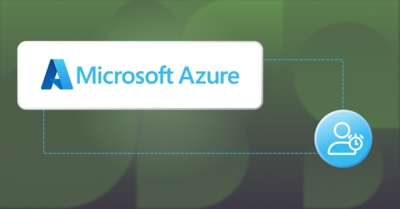
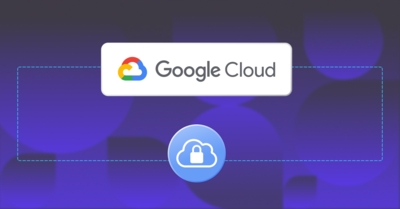
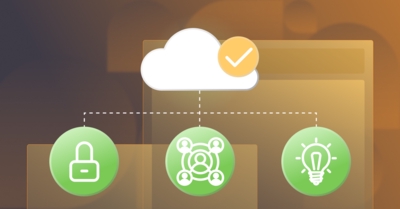
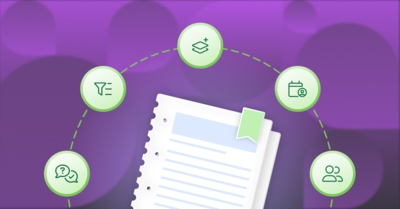
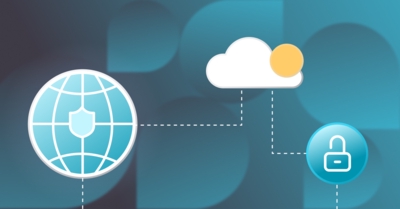
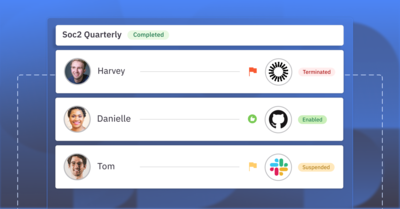

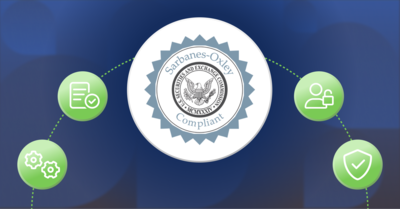
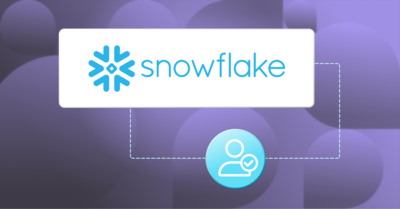
Snowflake Authorization and Permission Model Deep Dive
Snowflake's robust authorization and permission model is central to how a company secures data in the platform. This comprehensive guide dives deep into the entities and methodologies that comprise Snowflake's permission model and its relative strengths and limitations.

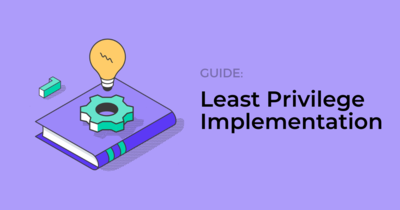
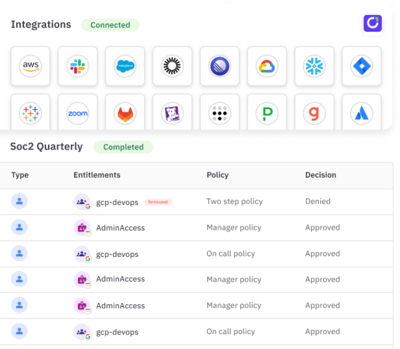
Stay in touch
The best way to keep up with identity security tips, guides, and industry best practices.